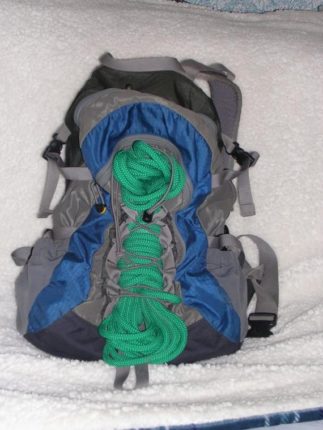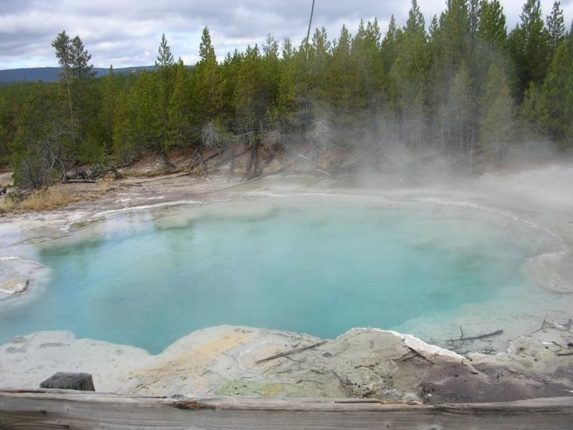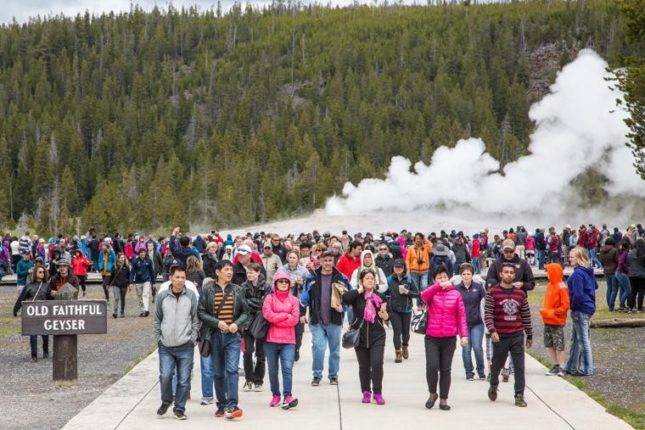When I am hunting, and all I have to keep me warm, dry and happy are the items I carry in my day pack, I want the essentials I will or might need during the day. Since I will be carrying a 7-pound rifle and scope, I want my day pack to be pretty light weight. Ten pounds seems about right to me because carrying 16 pounds around the back country all day at elevations from 6,000 feet to possibly 10,000 feet requires good conditioning and some common sense.
I have determined what I carry in my day pack by trial and error over several years. Sometimes the best way to learn what you need in a day pack is to go hunting and experience the disappointment of not having something that you really would liked have liked to have.
Most of the friends I hunt with have their own list of items they carry in a day pack, but we all agree on some basic essentials. Here is a list of what you will find in most of our day packs.
Water: I carry two 16-ounce bottles, while some get a day pack with a bladder they can fill with water and sip from during the day.
First-aid kit: I carry a Boy Scout soft and foldable first-aid kit, but one can simply put three small, medium and large bandages, some Neosporin and anti-itch cream in a small sealable plastic bag.
Topographic map and compass: My map has various markings from prior scouting trips into the area.
Rain gear: Rain gear should be of a material that wicks water away. Sometimes a tarp can be set up to protect one until the rain or snow stops falling.
Headlamp and flashlight: The headlamp makes cleaning and gutting game in the dark a lot easier. A small, 300-lumen flashlight makes traveling back to camp as it is getting dark easier.
Food/snacks: When I am hunting, I like a pretty light breakfast, an Isagenix food bar for lunch and regular dinner after the day’s hunt.
Knife: In addition to a Swiss Army knife I carry in a pocket, I only have two knives in my day pack: a Browning skinner that is not quite 5 inches long and an extremely small Fremont Knives knife called The Five O’ Clock, for initial cleaning and gutting of game. I have several other Fremont Knives at camp for processing game.
Surgical gloves: Because my father was a physician, I have always used and favored surgical gloves to wear while cleaning, gutting an processing game, but rubber gloves will do the job also.
Game bags: I prefer game bags to garbage bag for packing out game because they don’t tear as easy and are reusable.
Survival blanket: One should always have a survival blanket in the day pack in case it is necessary to spend the night away from camp or while waiting for help if there is an accident.
Baby wipes: Baby wipes will get the mud off your hands before dinner, wipe any blood off of you after field dressing game, get the sweat of your face after a day of hunting, clean your knife off and can be used when you have to go to the bathroom.
Paracord: Paracord can be used to tie off the scent glands of game, lash poles together, set up a tarp for protection from the elements, tie off food bags and hang them 20 feet or so off the ground out of the reach of animals.
Fire starter and lighter: You did want to be able to start a fire if necessary didn’t you? Smart outdoorsman always have a lighter with them.
Hunting license: Put your hunting license and tags in a small plastic bag and seal it, so moisture can’t ruin it. You will be glad you did if a game warden stops by to check you out.
This is by no means an exhaustive list of day pack items, but it all comes in just under 10 pounds in my day pack. Hopefully it will get you thinking about what you think is essential for your own day pack.
Smokey Merkley was raised in Idaho and has been hunting since he was 10 years old. He can be contacted at mokeydo41245@hotmail.com.







